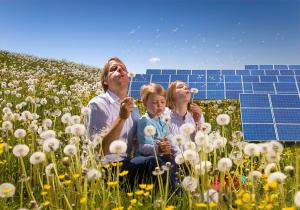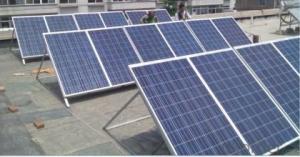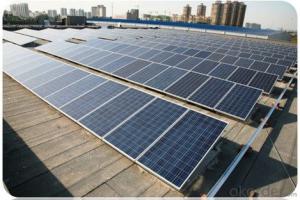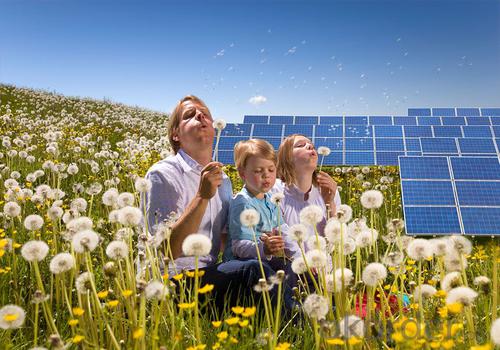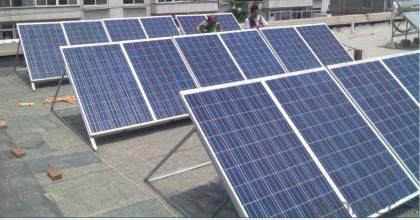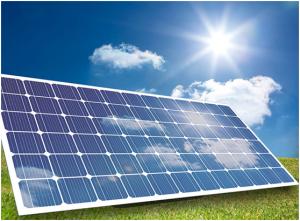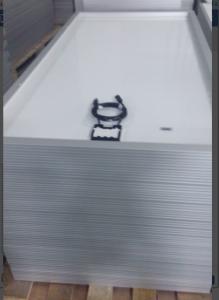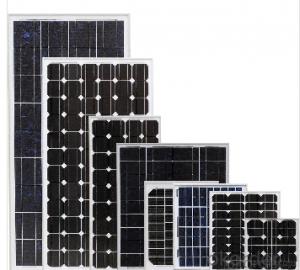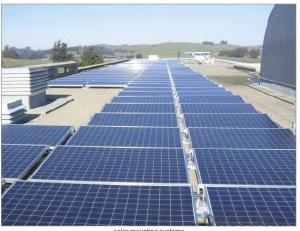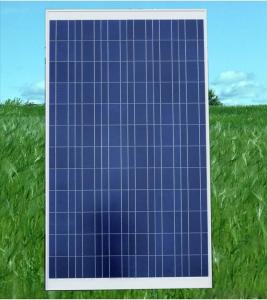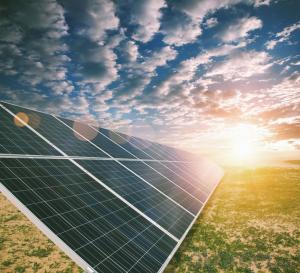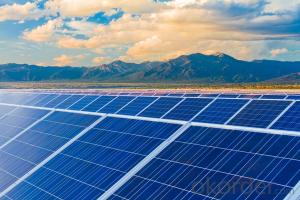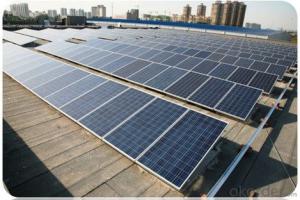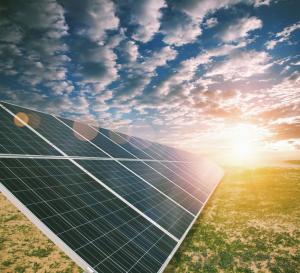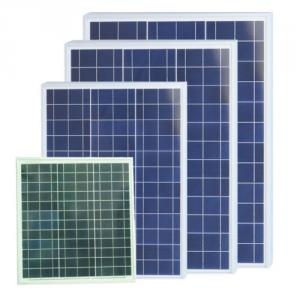40w CNBM Solar Polycrystalline 6 Series Solar Panels Durham NC
- Loading Port:
- China main port
- Payment Terms:
- TT OR LC
- Min Order Qty:
- 100000 watt
- Supply Capability:
- 10000000 watt/month
OKorder Service Pledge
OKorder Financial Service
You Might Also Like
Solar cell module production process
Line called packaging line components, packaging is the production of solar cells a key step in the packaging process without a good, multi-well battery is also not a good component of production boards. Battery package not only the battery life is guaranteed, but also to enhance the combat strength of the battery. Product quality and high service life is to win can be the key to customer satisfaction, so the quality of components of the package board is very important.
Process is as follows:
1, the battery test
2, positive Welding - Inspection –
3, on the back of cascading - Inspection –
4, laying (glass cleaning, material cutting, glass pre-processing, laying) –
5, laminating –
6, to flash ( to the side, cleaning) –
7, fitted border (glue, loading angle keys, punching, install box, scrub I glue) –
8, the welding junction box –
9, high-pressure test –
10, component testing -- -
11 appearance inspection, packaging and storage;
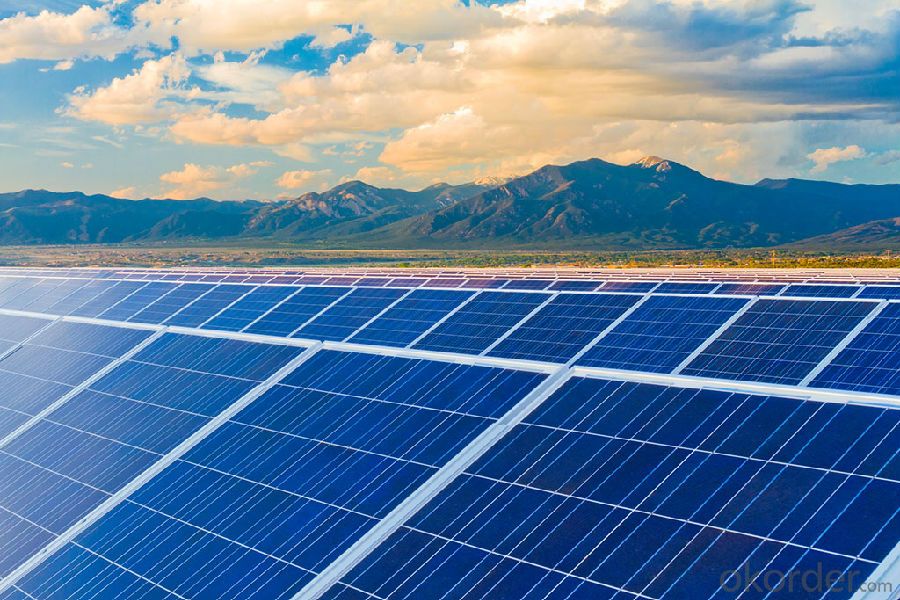
Data sheet
| Characteristics | |
| Max Power Voltage Vmp (V) | 17.4V |
| Max Power Current Imp (A) | 2.30A |
| Open Circuit Voltage Voc (V) | 22.4V |
| Short Circuit Current Isc (A) | 2.46A |
| Max Power Pm (W) | 40W |
| Temperature Coefficient of Cells | |
| NOCT | 47℃±2℃ |
| Temperature Coefficients of Isc (%/℃) | 0.06% |
| Temperature Coefficients of Voc (%/℃) | -0.33% |
| Temperature Coefficients of Pmp (%/℃) | -0.45% |
| Mechanical Data | |
| Type of Cells (mm) | Poly156×44.6 |
| Dimension | 610×510×30mm |
| Weight | 4.5kg |
| NO.of Cells and Connections | 3×12=36 |
| Limits | |
| Operating Temperature | –45°C to +80°C |
| Storage Temperature | –45°C to +80°C |
| Max System Voltage | 700V |
Work Principle
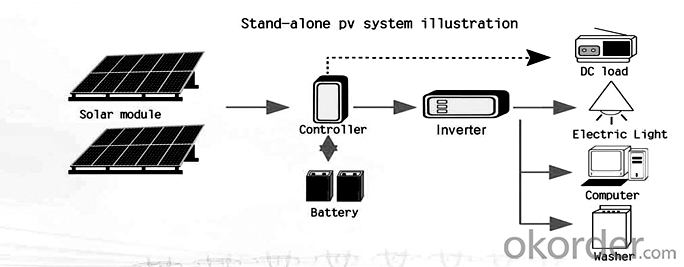
- Q: Where can I find updated info about solar panels for home?
- Of the practical technologies, crystalline silicon is still king. There have been improvements in manufacturing efficiency and price, but the fundamental technology is unchanged. For the past couple decades, there have been startups claiming that they will have a breakthrough available in 2 years, but so far, nothing has beat crystalline silicon for general applications. The appeal of thin-film was its cost, at the penalty of efficiency, but when the prices of crystalline plummeted, the cost argument went away. That wasn't the only problem Solyndra had, but it contributed to the company's demise. Organic solar cells show promise, and might ultimately be very cheap to manufacture, as they don't involve the high-temperature processing that semiconductors do. The main problem today is that they're not stable at the temperature of a hot roof. But then again, a few years ago, organic LEDs were the same way, and now they're commonplace in big TV's. Only time will tell. From a homeowner's standpoint, the install is routine, but still best done by professionals. It's like putting a new roof on a house, or wiring in central air conditioning. For most, it's better to call a pro.
- Q: What do I need to use this as a battery charger
- I hope this will help you choose your charge controller / battery charger more effectively. Good luck!
- Q: What materials are solar panels made of?
- Solar panels are typically made of silicon, which is a semiconductor material, along with other components such as metal frames, glass, and protective layers.
- Q: What is the environmental impact of solar panels?
- Solar panels have a positive environmental impact as they generate clean and renewable energy. They reduce greenhouse gas emissions, air pollution, and dependence on fossil fuels, mitigating climate change and improving air quality. However, their production and disposal do have some environmental impact, including resource extraction and waste management, but these impacts are significantly lower compared to conventional energy sources.
- Q: I thought they were going to make solar powered cars and solar power plants among other things. It was only nearly 0 years ago that solar power was the big thing. Just curious, why did it die out?
- The technology did not die out. It is in fact quite alive and well, and there exist many different manufacturers of solar panels and devices utilizing them. The problem is that the technology has not yet advanced sufficiently to generate large amounts of power with solar panels, at least not with panels of any practical size and weight. You can easily buy a panel which will trickle-charge your car's battery during the day, but nothing that can generate anywhere near the power required to actually move a car's mass at any significant speed. You would need to buy panels with a very large surface area to make any significant amount of power, and these panels would be very heavy and very expensive.
- Q: I've been reading up on Solar panels because I think in the long run this would be beneficial in the long run. My Dad had looked into it before passing and had said it was too expensive. How much does it range for getting them placed on the roof and how exactly does that work? I think I remember being told that PGE has incentives and could possibly even end up paying you for having it? What does having panels cover? I know electricity but does it also heat things up? Sorry I'm kinda dee dee dee on this lol. Any and all information would be greatly appreciated. If anyone has solar panels can I get your experiences with them? Thanks!!
- By producing even a small portion of your home's electricity through the use of solar panels, you will eventually experience some financial savings. This may take five years or so, but good solar panels often have a 20-year lifespan. State and federal tax credits may help offset their initial expense. The best thing about solar panel installation is that the energy it produces is clean, meaning that there aren't any bad or harmful by-products produced during the process of electricity generation. So all in all, it seems that solar energy is clean, green energy.
- Q: What is the efficiency of solar panels?
- The efficiency of solar panels refers to their ability to convert sunlight into usable electricity. The efficiency can vary depending on the type and quality of the panels, but most modern solar panels have an efficiency of around 15% to 20%. However, advancements in technology have led to the development of highly efficient panels that can achieve efficiencies of up to 40%.
- Q: I'm going to this camp and the instructors asked us to be prepared tomorrow to build a sun tracker for a solar panel. Does any one have any ideas, tips, or advice?
- tbls0 has a good idea for the tracker, but let's take this one step farther. A clock motor large enough to move a solar panel, unless it is a very small one is going to be large, and expensive. Use the timer motor, as suggested, but attach a slotted disk to it, with a light source on one side, and a detector on the other side. As each slot comes up and allows light to pass through, this creates a one shot pulse which is used to cause a stepper motor to move position to keep the panel aimed at the sun. At the end of the panel travel for the end of the day, a switch could be set to close, bypassing the step control to put the motor into full constant speed reverse, this causing the panel to swing back to the morning position. The whole affair gets it's start up call by means of a light detector, similar to those used to turn lights off at sun up. The control would, of course be set to turn the system on to track the sun during the day. While some digital control is going to be needed, the system would not need a computer to run it.
- Q: right now, you would need a suitable number of solar panels just to power house that can take up a lot of real estate. so my question is, is it feasible to create something that absorbs more of the suns energy like a magnet it would suck it up. the point of doing this would be so that we wouldnt need so much space so many panels just to power home for example.i hope thats coherent.
- we are near the edge of what is physically possible for solar power. You only get so many photons per area you know...and much of this is lost in entropy. Solar panels today are over 80% as efficient as what could ever be theoretically possible. No you will never get an easy solution to the land problem. lol what invisible talker suggests about using a black hole i suppose could be a way to increase the photons per area...but you would get much mroe power by using the tidal forces produced by a black hole than solar power heh...not to mention your panels will get sucked in...and whatever energy they produce wont be able to escape the black hole and power anything outside.
- Q: Just curious.
- Solar panels are built with light-sensitive panels. These panels soak up the energy from the sun's light. This energy is changed to electric power. This power is stored in batteries to use whenever / wherever it is needed.
Send your message to us
40w CNBM Solar Polycrystalline 6 Series Solar Panels Durham NC
- Loading Port:
- China main port
- Payment Terms:
- TT OR LC
- Min Order Qty:
- 100000 watt
- Supply Capability:
- 10000000 watt/month
OKorder Service Pledge
OKorder Financial Service
Similar products
Hot products
Hot Searches
Related keywords
